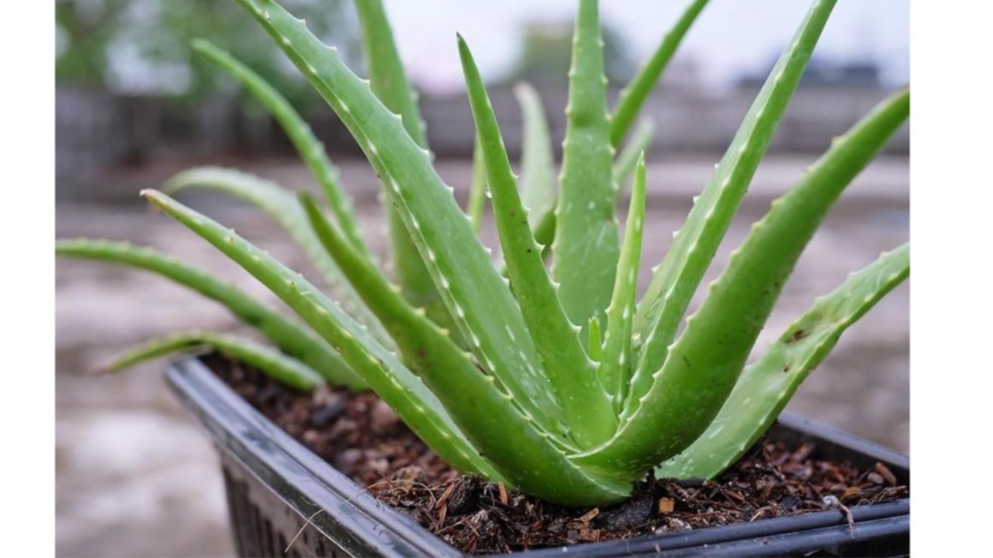
Kenya boasts a remarkable diversity of aloe species, with over 60 varieties identified across the country—nearly half of which are endemic. These plants flourish in arid and semi-arid regions, making them especially valuable in areas prone to drought. Their significance extends beyond ecological resilience; aloe species are widely appreciated for their medicinal, cosmetic, and cultural benefits.
Among the most prominent is Aloe secundiflora, a native species extensively used in traditional medicine to treat conditions such as malaria and poultry diseases. It also plays a role in the production of bitter gum, a substance valued for its therapeutic properties. Other indigenous species include Aloe turkanensis, Aloe rivae, Aloe scabrifolia, and Aloe calidophila. These are often harvested for their medicinal qualities and are increasingly being cultivated commercially, especially in regions where natural propagation is feasible.
In addition to medicinal varieties, Kenya is home to several ornamental aloe species. Aloe saponaria (commonly known as Zebra Aloe) and Aloe arborescens are popular for landscaping due to their striking appearance. Aloe ferox, recognized for its spiky leaves and bitter sap, is another species with traditional medicinal applications and is used in health and skincare products.
---
Export Procedures for Aloe in Kenya
The export of aloe and its derivatives from Kenya is governed by the Wildlife (Conservation and Management) (Aloe Species) Regulations, 2007, which aim to promote sustainable use and protect native biodiversity. All aloe species are listed under Appendix II of the Convention on International Trade in Endangered Species of Wild Fauna and Flora (CITES), meaning their international trade is regulated to prevent overharvesting and ensure long-term conservation.
To export aloe legally, individuals or companies must first register with the Kenya Wildlife Service (KWS). This process involves submitting detailed information about the propagation operation, which may be subject to inspection. Once registered, exporters must apply for an Export Certificate using Form APA 2, which is typically processed within 30 days.
Approval for export is granted only if the aloe is proven to be artificially propagated and the operation does not negatively impact wild populations or their habitats. Only registered entities are authorized to export aloe products, and any violation of these regulations is considered a legal offense. These measures are designed to strike a balance between commercial interests and environmental stewardship, ensuring that Kenya’s aloe resources are preserved for future generations---Export Markets for Kenyan Aloe
Kenya has emerged as a key exporter of aloe products, capitalizing on its ideal growing conditions and the rising global demand for natural health and cosmetic products. The bulk of Kenya’s aloe exports are directed toward neighboring East African countries, with Uganda, Tanzania, and Burundi accounting for approximately 97% of the total export volume. These countries primarily import processed aloe products such as gels, lotions, and hand sanitizers.
Beyond the regional market, Kenya also exports aloe to emerging international destinations including Rwanda, Congo, Ghana, India, Pakistan, and Peru. These countries represent growing markets for herbal and organic products, offering new opportunities for Kenyan producers. The global shift toward natural remedies and sustainable skincare has further boosted demand, positioning Kenya as a competitive supplier.
Domestically, aloe products are also gaining popularity, driven by increased health awareness and the cultural significance of traditional medicine. This dual demand—both local and international—provides Kenyan farmers and exporters with a promising avenue for growth, particularly in arid counties such as Laikipia and Baringo, where aloe cultivation is
both viable and economically beneficial due to the plant’s drought-resistant nature---
References
· Kenya Wildlife Service (2007). Wildlife (Conservation and Management) (Aloe Species) Regulations.
· CITES (2023). Appendix II: Aloe Species and International Trade Controls.
· National Museums of Kenya. Aloe Biodiversity and Conservation in Kenya.
